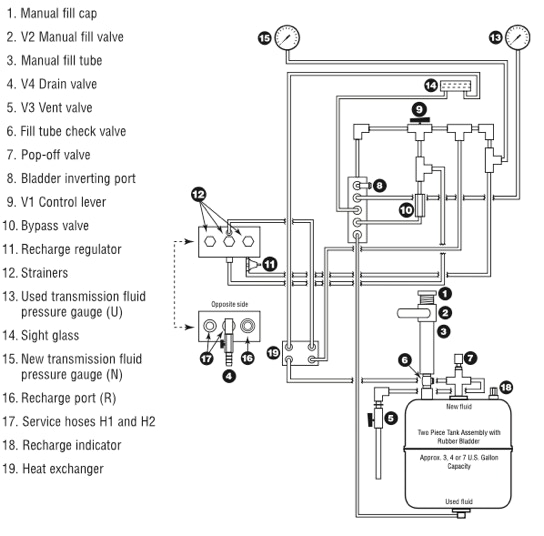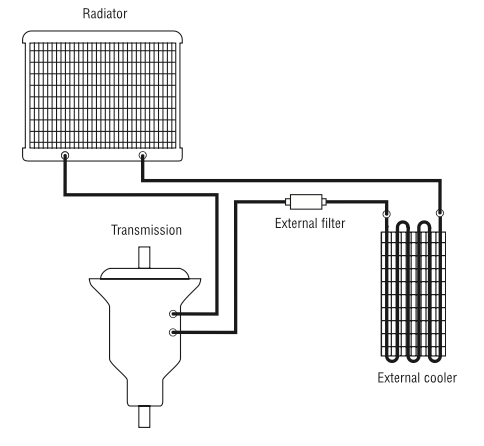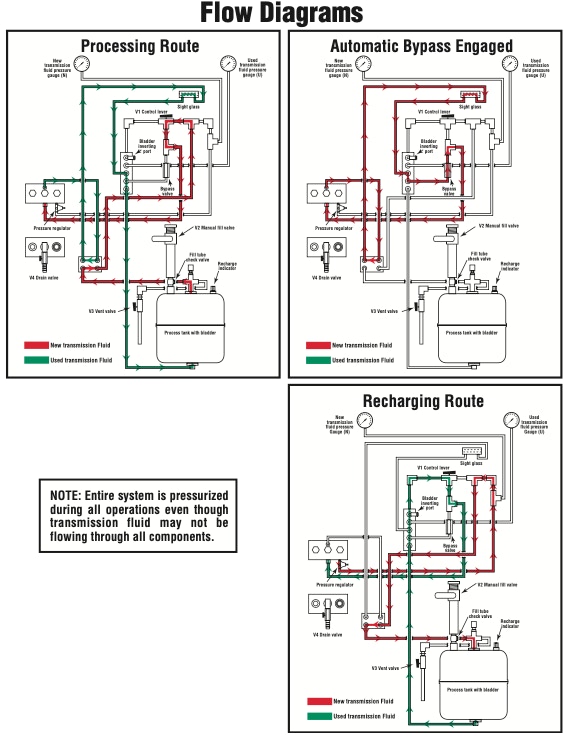E46 Medic
Transmission
The objective of this project was to restore my stoke 325i back to as close as possible to new and step up the performance without sacrificing the drivability and comfort of the drive. To this end I decided that it was time to get the best transmission option available.
Research and a couple failures lead me to Eriksson Industries. This was by no means the cheapest solution. Used transmissions were recommended, but this was a crapshoot in my opinion. I went through having a local guy reman that lasted only 6,000 miles. The guy i used would not honor the warranty.
The Eriksson decision proved to be the correct one. The workmanship and customer service there are incredible. I have around 20,000 miles of hard driving on the transmission and it is smooth as silk. Nat and the team at Eriksson are the top guns of this industry.
I also became aware that you can’t get new parts for the ZF5HP19 transmission.
Another important note is that there are a few different ZF5HP19 transmissions. Putting the wrong one in can lead to all sorts of problems. The computer and the transmission need to be the same. It is important that you get the right one. Take a look at th e label to the right. For me the important number is 1060-000009. Matching this number will insure that the correct components inside the transmission are present.
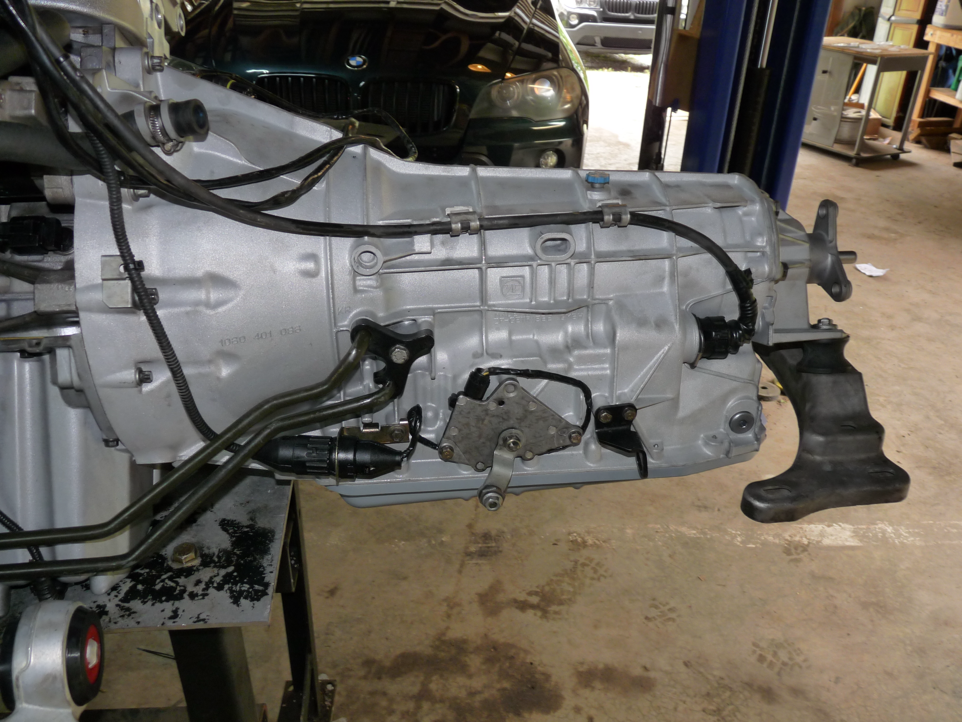

A word about the Transmission Control Unit. This device controls many of the functions of the transmission as one might expect. It monitors the input shaft speed and the output speed and compare all of this with the rap reading from the ECU. From this it can determine torque converter slip performance as well as any transmission clutch slipping and error if anything is amiss.
Another monitor is the temperature of the transmission fluid. This is accomplished be way of a temperature variable resitor embeded in the internal wiring harness.
Refer to the graph on the right and notice the curves that describes the theoretical resistance of the sensor for any detected temerature. The red vector is what the temperature reading in the TCU should be given the mesured resistance of the sensor circuit measured at the TCU. The blue vector was taken from the live data at the scanner. The TCU thinks that the temperature inside the transmission is 20C higher than it actually is. Now 98C is nowhere near being a problem. Peek operating temperature of 110 - 120C is not unheard of. At 130C the TCU begins taking measures such as locking the torque convertor more than usual to try to bring the temperature down by reducint the friction. If the3 sensor reading is 21C high this will start when the transmission is only 110C. Prolonged “measures” will eventually put the transmission in limp mode and start throwing codes.
I had to send this TCU out for recalibration. This also might be the cause of the original failure. The TCU just wore the transmission out. Not because the trasmission was old but because the TCU was miscalibrated.
If you have this sort of scenario, it is highly recommended that you buy a new transmission heat exchanger and lines
The PF5 uses a series of valves and a bladder take to accomplish a really thorough flush nearly automatically. I the E$^ I have found it simplest to tap the oil cooler lines right at the radiator. I cut the nipple from and old power steering pipe and the fas connector from an old transmission cooler and used the adapter hoses from my flush machine so I could tap into the line. you then let the pump in the transmission do most of the work.
Fill the take with the correct fluids before you proceed and put the solvent in the injection funnel.
The process goes like this:
- Connect the hoses and set the flush machine to bypass.
- Inject solvent into the system and allow that to circulate until the transmission is up to temperature.
- Have some one sit in the car and work through all of the gears, including reverse a few times for about 5 minutes. Don’t forget to stope the wheels when switching direction. Watch the sight glass on the flush machine to see the debris passing.
- Switch the control to charge the system. This will redirect the output of the transmission fluid to the bottom of the bladder tanks and force the fluid on top back into the transmission. Keep an eye on the sight glass to see that the dirty old is being replaced with clean new oil. When the glass is completely clean the flush is done and you can put the control back into the bypass position.
- Shut off the engine and remover all of the hoses and reconnect the cooler.
- Restart the engine and check the transmission level.
I my case the first transmission fail had contaminated the cooling lines and the heat exchanger, clogging it and prefenting it from cooling effectively.
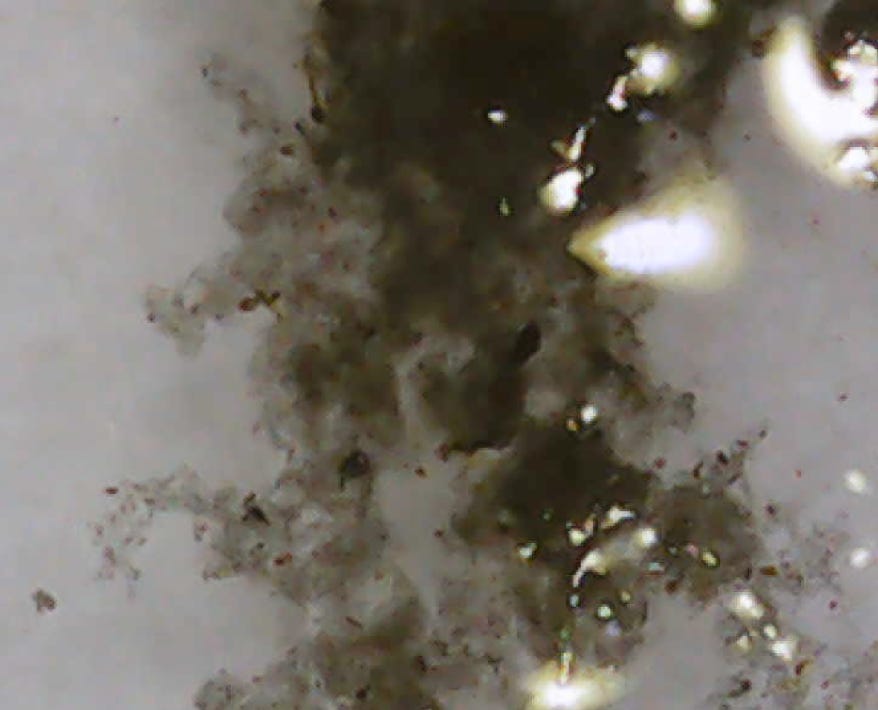
You have doubtless seen this label on your 5HP19. This is yet another attempt at wearing out this transmission before its time. The transmission should be flushed at least every 80,000 miles. I do mean flushed. Changing the pan and filter does nothing to clean out any debris from the valve body and the torque converter. You do need to use the correct oil and use a machine that volumetrically displaces old oil with the clean stuff.
BF makes a great machine, the PF5, if you can find one, or find a shop that has one. It is pretty automatic as it uses a blade system to replace any oil it takes out.
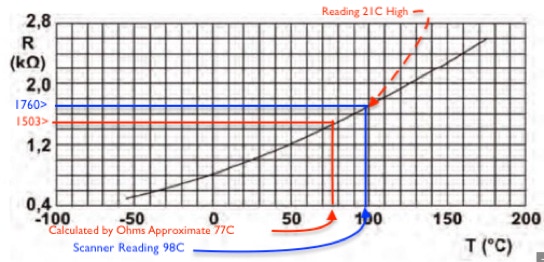
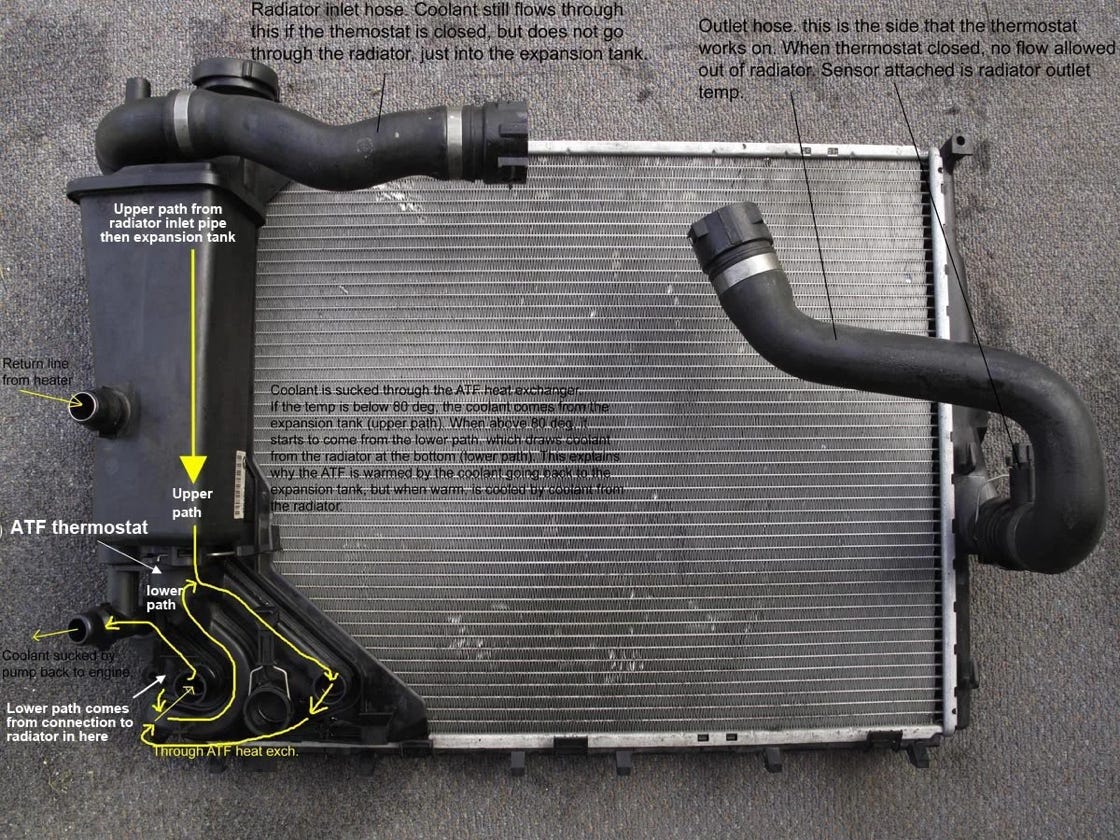
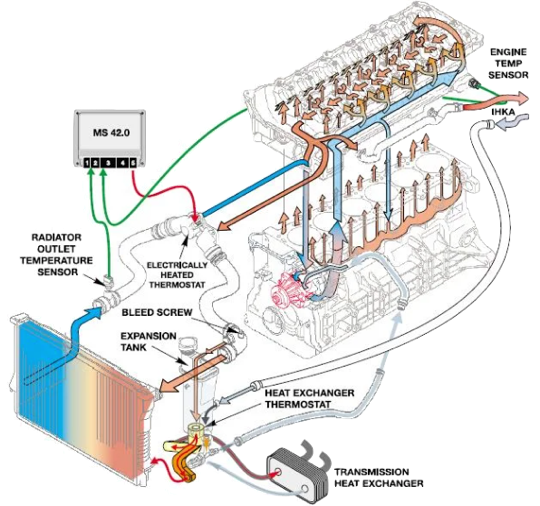
Microscopic analysis showed that the cooler in particular was inundated with rubbery material likely from failed seals in the old transmission. Apart from blowing the needed flow to the heat exchanger, this particulate can make its way into the new transmission and block some other the tiny orifices in the valve body and inhibit correct function.
If you are installing a reman or even a used transmission, change the heat exchanger and the lines!

